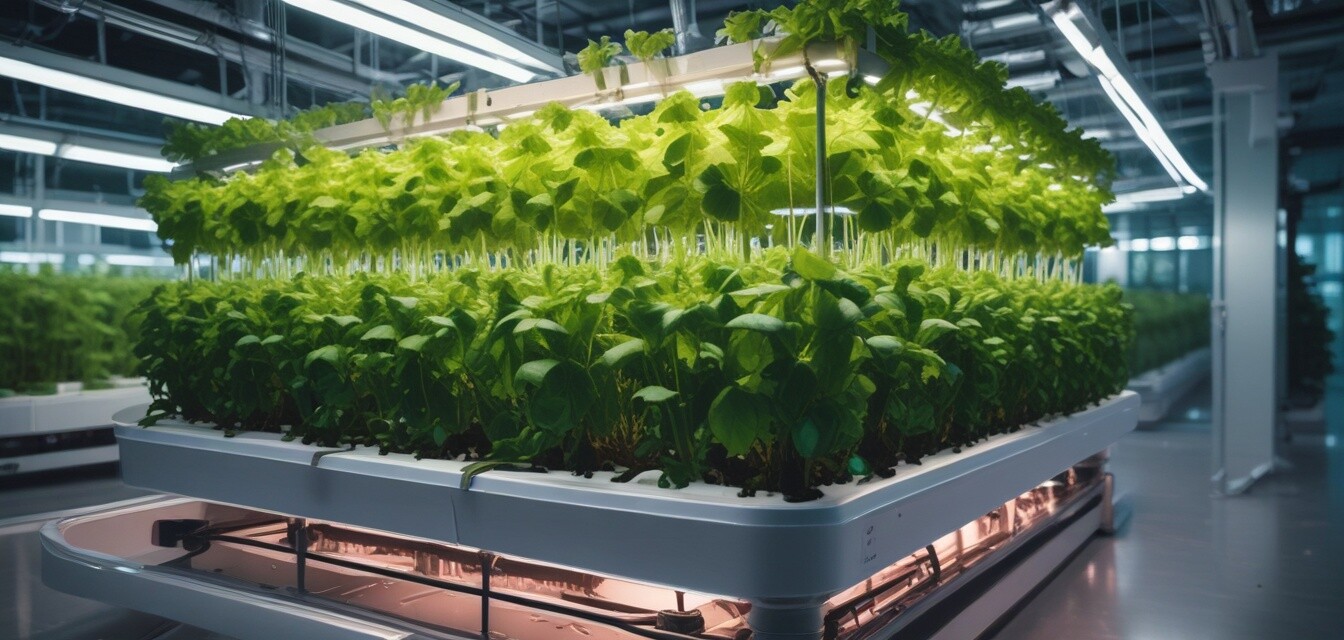
Innovations in Hydroponic Technologies
Key Takeaways
- Automation is revolutionizing hydroponic systems, enhancing efficiency.
- IoT applications allow for real-time monitoring and data collection.
- Data analytics helps optimize growth conditions for better yields.
- Emerging technologies are making hydroponics more sustainable.
- The future of hydroponics is aligned with urban agriculture trends.
Hydroponics is transforming agriculture as we know it, bringing forth innovative technologies that reshape how we grow plants. With advancements like automation, IoT applications, and data analytics, hydroponic gardening is becoming more efficient, productive, and sustainable. This article delves into the latest innovations in hydroponics, highlighting how these technologies are changing the landscape of modern agriculture.
Automation in Hydroponic Systems
Automation is one of the most significant advancements in hydroponic gardening. Automated systems enable growers to streamline their operations, reduce manual labor, and maintain optimal conditions for plant growth. Here are a few key areas where automation plays a crucial role:
- Automated nutrient delivery: Systems that automatically mix and deliver nutrient solutions ensure plants receive the exact nutrients they need.
- Environmental control: Automated systems can adjust temperature, humidity, and light exposure based on real-time data and pre-set conditions.
- Harvest automation: Technologies such as robotic arms can assist in harvesting, reducing labor costs and time spent on this essential task.
Benefits of Automation
| Benefit | Description |
|---|---|
| Increased Efficiency | Automation allows for tasks to be performed quickly and accurately, reducing errors and saving time. |
| Cost Reduction | Less labor is required, which translates to lower operational costs. |
IoT Applications in Hydroponics
The Internet of Things (IoT) has made a significant impact on hydroponic gardening, providing essential tools for monitoring and managing plant growth. IoT devices facilitate connectivity and communication, which enhances the overall effectiveness of hydroponic systems. Some critical IoT applications in hydroponics include:
- Smart sensors: These devices monitor temperature, humidity, and light levels, sending real-time data to growers for better decision-making.
- Remote access: IoT technology allows growers to access their hydroponic systems from anywhere, making it easier to manage and control conditions.
- Alerts and notifications: Growers can receive alerts on critical changes in the environment, enabling them to respond promptly.
Advantages of IoT in Hydroponics
| Advantage | Description |
|---|---|
| Real-time Data | Growers can make informed decisions quickly, improving plant care. |
| Enhanced Productivity | By closely monitoring conditions, yields can be optimized, making the most of every growth cycle. |
Data Analytics in Hydroponic Gardening
The use of data analytics in hydroponics is emerging as a powerful tool for optimizing plant growth and improving overall efficiency. By analyzing data gathered from sensors and other monitoring tools, growers can identify patterns and make necessary adjustments to enhance yield. Key aspects of data analytics in hydroponics include:
- Growth optimization: Analytics can reveal the best conditions for various plants, helping growers tailor their approach.
- Failure prediction: By monitoring environmental factors, growers can predict potential failures and address issues proactively.
- Resource management: Analytics provide insights into resource use, allowing for more sustainable practices.
Impact of Data Analytics on Hydroponics
| Impact | Description |
|---|---|
| Improved Yields | Data-driven adjustments lead to enhanced plant growth and productivity. |
| Sustainability | Efficient resource management helps reduce waste and promotes environmentally-friendly practices. |
Future Trends in Hydroponics
The future of hydroponics looks promising, with further advancements on the horizon. Here are some trends that are likely to shape the market:
- Integration of AI: Artificial intelligence will enhance decision-making and predictive analytics.
- Sustainable energy solutions: Using renewable energy sources in hydroponic systems is becoming increasingly important.
- Urban farming: As urbanization continues, hydroponic systems are likely to play a crucial role in food production in city settings.
Pros
- Enhances efficiency and productivity
- Supports sustainable agriculture practices
- Allows for precise control over growth conditions
- Reduces resource waste
Cons
- Requires significant initial investment
- May require technical expertise to operate
- Dependent on technology which can fail or become outdated
Conclusion
Innovations in hydroponic technologies are paving the way for a new era in agriculture. With automation, IoT applications, and data analytics, growers can optimize their operations to ensure higher yields and sustainable practices. Staying informed about these trends is essential for anyone interested in hydroponic gardening. For more information, check out our buying guides or explore the latest in nutrient solutions.
The evolution of hydroponics is exciting, and as technology continues to advance, the possibilities will only grow. Embrace change, explore innovations, and become part of the future of sustainable agriculture.

